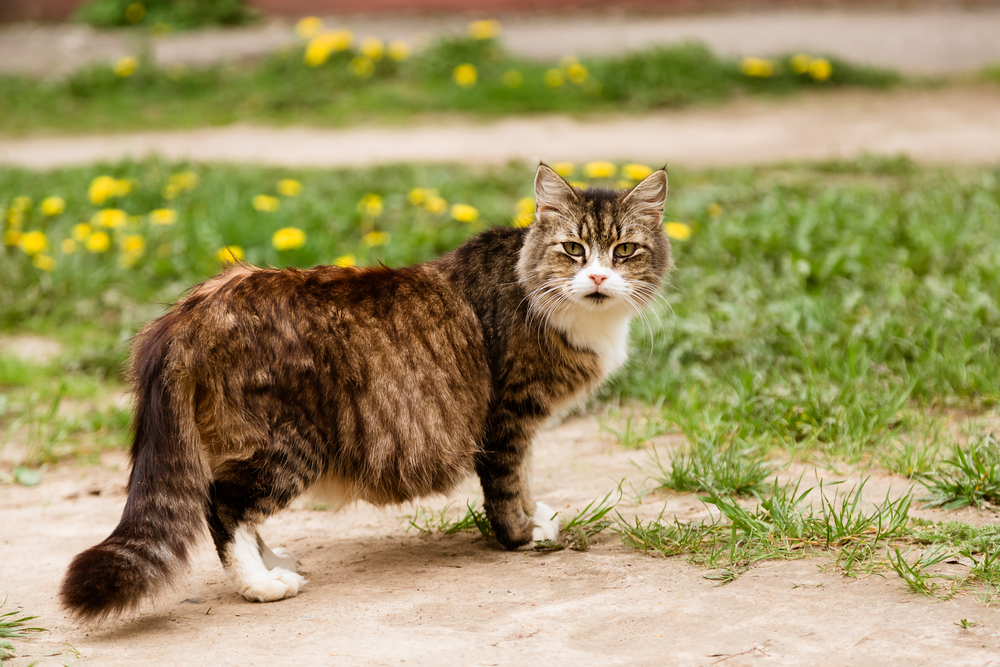Reproduction
The duration of pregnancy is different from that of humans, and it varies from animal to person as well, usually comparing pregnancy intervals between the group of mammals in particular, because almost all kinds of babies give birth instead of laying eggs. The longest known pregnancy in the animal kingdom is in the elephant; the elephants carry their children for up to 22 months, i.e. almost two years, and the blue whale with its youngest for a period of one year and a few months, while the duration of the pregnancy of mice is not more than 21 days or three weeks, and cats are considered Animals with a relatively short gestation period in the mammal group.
Duration of cat Pregnancy
Cats take two months and a few days, 62 to 63 days, or 9 to 10 weeks. Cats are usually mate in certain periods of the year known as “Eroticism”, where the reproductive desire of males and females increases, which is repeated several times during the year (in the first three months of the year, and July/July in particular), and lasts in each of three Days to two weeks, and if the female does not get the chance to mate during that period, it is likely that the “rut” will come in a short time. When the pregnancy begins, the cat searches for itself for a quiet spot, far from the noise and effects, and after the end of the pregnancy, develops a number of births, ranging mostly from three to five, and in most cases the birth is normal (although it may sometimes require a veterinary intervention), and The kittens take care of her mother for about two and a half months and then start relying on herself.
Cat Pregnancy Symptoms
The symptoms of pregnancy in cats begin in the third week, and symptoms appear swollen and swelling in their breasts, and the color is tilted to pink, but the abdomen is not swollen yet. When the cat enters the fourth week, her appetite grows and she wants to eat more, and her belly starts to swell and the pregnancy is more visible. In the fifth week, there are no special symptoms, but the cat owner should be interested in feeding them, and in the sixth week the cat appears to be pregnant more, her belly looks bigger than before, and her actions begin to change; she does not stretch or wriggling like before and becomes slower movement, and her steps are cautious, and resort to Stay inside the house-if it is a home cat-or in any other place, its appetite grows more.
In the seventh week the cat seems anxious and confused where she feels the movement of her wounds, start to move and stretch more, and try to find a place to give birth, and here the cat owner should help and provide the appropriate place (e.g. carton box) and leave it in a dark and clean place. Later, when the cat arrives for almost 60 days in pregnancy, it starts the stage of labor, which is for most cats, but the cat may be late for this time, and if the cat is too late, you must contact the veterinarian.
At the beginning of labour, the cat undergoes some changes in its behavior, including the fact that it seems uncomfortable and discomforting and produces disturbing noises, and this situation lasts for 24 hours, and then the contractions begin, which lasts for about half an hour until it comes out first, and from Then the duration decreases between Contractions and the other up to about half a minute, and the mother licking the place of the puppies out of it until the birth process is more, and the birth process as a whole can be done quickly, while it may be delayed to take a full day.

